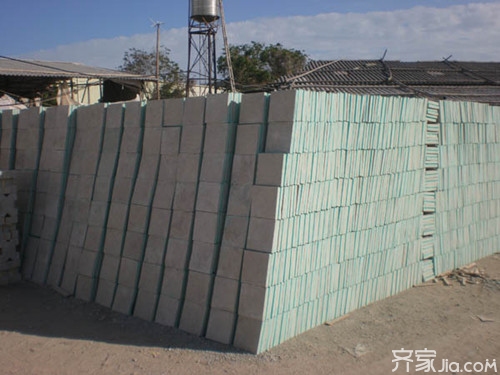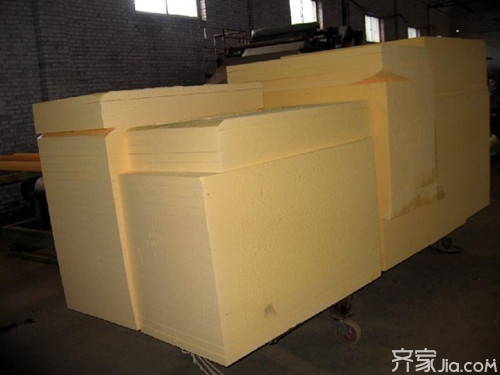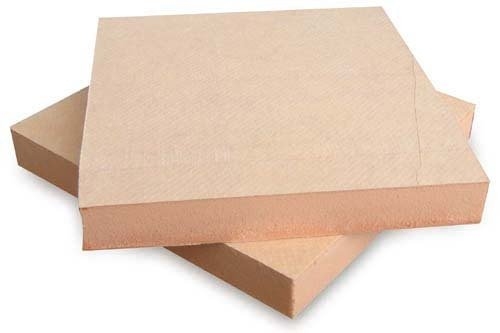The type of roof insulation board keeps the house away from high temperatures
In buildings, heat transfer is a major concern throughout the year. During summer, outdoor heat primarily enters the building through the walls and roof, while in winter, most of the indoor heat escapes through these same areas. To combat this, roof insulation boards play a crucial role in maintaining thermal comfort and energy efficiency. Today, we’ll take a closer look at the different types of roof insulation boards and their benefits.

Type 1: Porous Insulation Boards – These materials use tiny air pockets within their structure to provide insulation. Since air has low thermal conductivity, porous materials like fiber or foam are highly effective. A common example is XPS (extruded polystyrene) boards, which are widely used for their excellent insulation properties and durability.
Type 2: XPS Extruded Insulation Board – Made from polystyrene resin combined with other additives, XPS boards are produced by extrusion under high pressure. Their closed-cell honeycomb structure prevents moisture penetration, making them highly resistant to water and ideal for long-term insulation. They also offer excellent thermal performance and mechanical strength, even after damage or surface exposure.

Type 3: Reflective Heat Insulation Boards – These boards use materials with high reflectivity, such as aluminum foil or metal coatings, to reflect radiant heat away from the building. This type is particularly useful in hot climates where reducing solar heat gain is essential for maintaining indoor comfort.
Type 4: Phenolic Roof Insulation Boards – Known for their fire-resistant properties and superior insulation performance, phenolic boards can withstand temperatures up to 150°C. With a thermal conductivity as low as 0.023 W/m·K and a lifespan of up to 30 years, they outperform many traditional insulation materials like polyurethane or rock wool. Additionally, they are lightweight, easy to install, and environmentally friendly.

Type 5: Vacuum Insulation Panels – These advanced insulation boards utilize a vacuum-sealed core to minimize heat transfer by conduction and convection. The absence of air molecules inside the panel significantly reduces thermal conductivity, making it one of the most efficient insulation solutions available.
Type 6: Insulated Color Steel Sandwich Panels – A popular choice in modern construction, these panels consist of a polystyrene core sandwiched between two steel sheets. They are manufactured using computer-controlled processes and high-strength adhesives, offering excellent fire resistance, sound insulation, and environmental benefits. Their lightweight design and ease of installation make them a preferred option for commercial and industrial buildings.
I hope this overview of roof insulation boards has been informative. Understanding the different types can help you make better choices for your home or project. For more insights on building materials and interior design, be sure to check back regularly.
What? Still paying out of pocket for your renovation? The Qi family offers installment plans with an ultra-low annual interest rate of 3.55% and a maximum loan of up to 1 million yuan. Apply now and enjoy exclusive discounts!
If you're interested in brand collaborations, content partnerships, or advertising opportunities on this site, please send an email to: [email protected]
Building Materials Knowledge
Height Adjustable Kitchen Sink
wheelchair accessible kitchen sink,accessible kitchen sink,handicap kitchen sink,disabled kitchen sink,barrier free kitchen sink
Suzhou Uplift Intelligent Technology Co., Ltd , https://www.upliftec.com